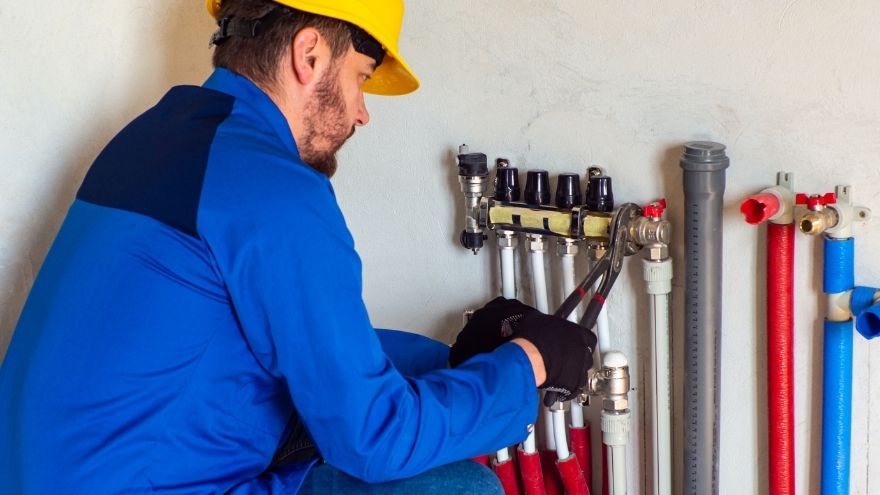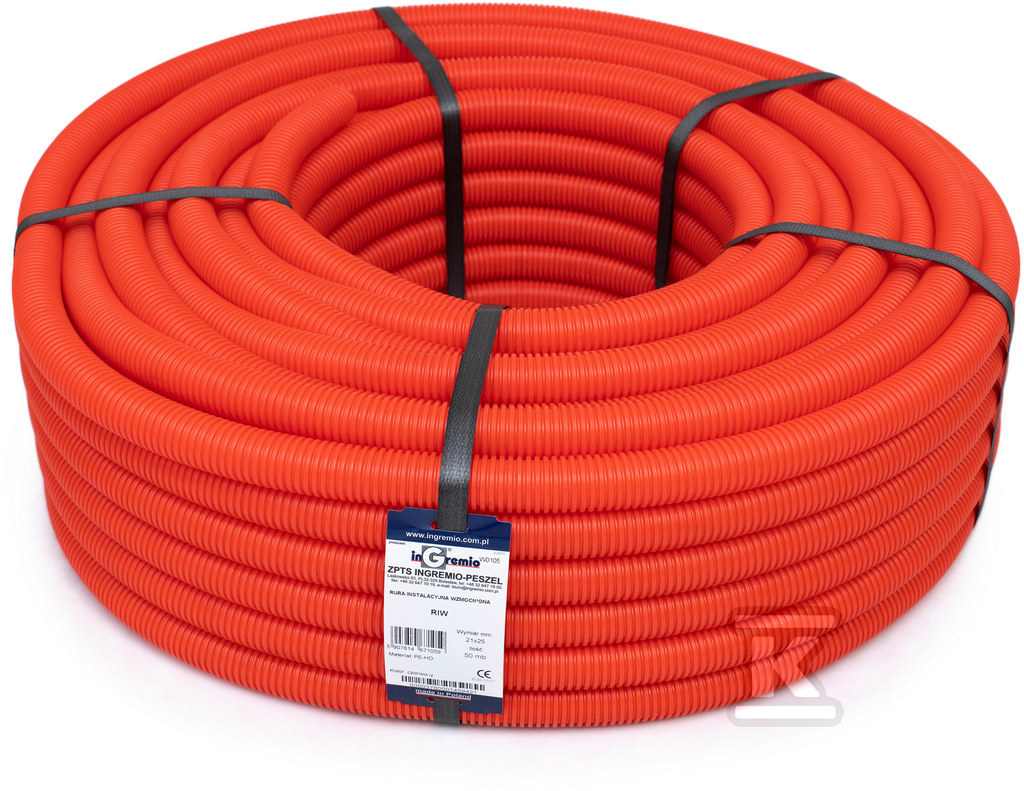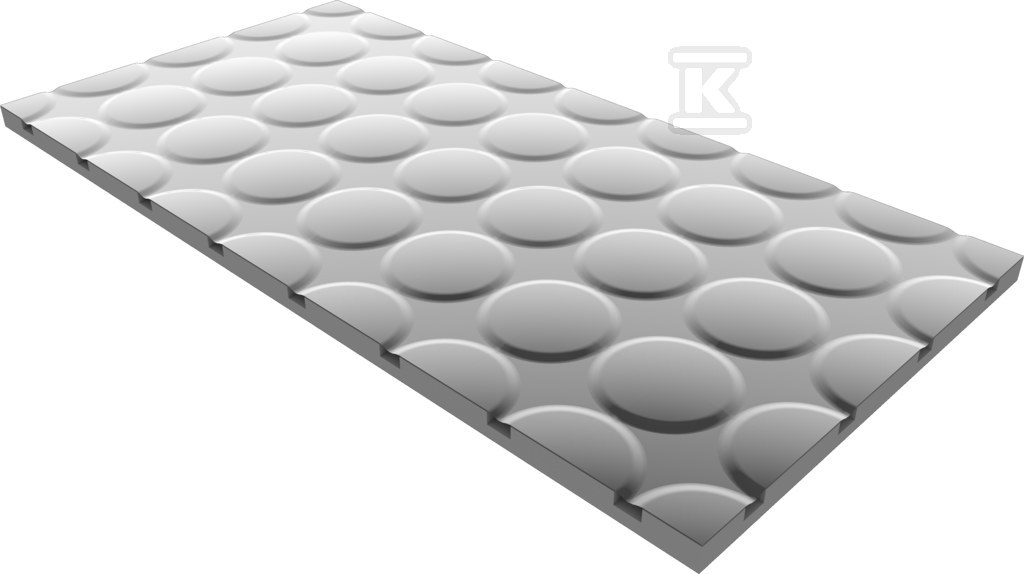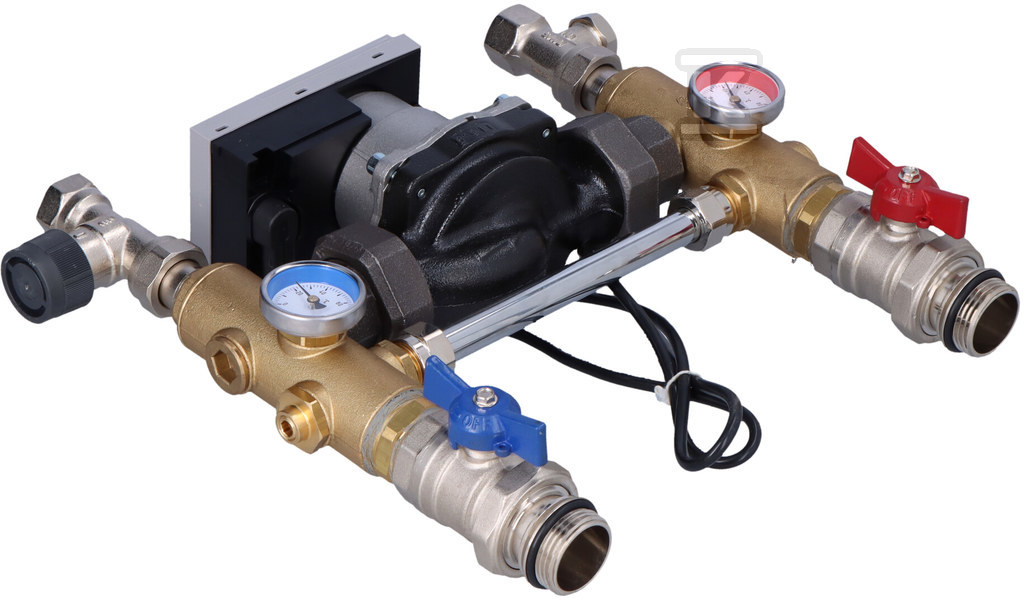Preparing the underfloor heating system for the heating season is a necessary step to ensure effective operation of the underfloor heating system throughout the winter. Find out what are the causes of air pockets in underfloor heating and how to deal with them?

Check out the underfloor heating at the Onninen wholesaler
How do you know if your underfloor heating system needs bleeding?
Air in the underfloor heating system is a common cause of reduced heating efficiency. Symptoms of an air in the underfloor heating system may include uneven heating of the floor surface, as well as the characteristic gurgling of water in the pipes.
 The presence of air in the system causes the surface heating to stop fulfilling its function. It is also worth paying attention - as if by the way - to problems with the drainage of water to the sewage system, which may indicate clogged vents or blockages in the system.
The presence of air in the system causes the surface heating to stop fulfilling its function. It is also worth paying attention - as if by the way - to problems with the drainage of water to the sewage system, which may indicate clogged vents or blockages in the system.
To avoid failures, it is worth subjecting underfloor heating to appropriate maintenance activities well before the frost sets in. When checking the underfloor heating, always check the operation of the venting, drain valves and other elements that make up the installation.
One of the typical symptoms that the underfloor heating requires intervention is gurgling in the pipes, which means that there is air in the system and blocks the free flow of water.
4 symptoms indicating that the underfloor heating system requires bleeding:
- Reduced system thermal efficiency.
- Uneven heating of rooms with some areas remaining cold.
- Slower floor heating.
- Audible noises, resembling noise, coming from the installation.
If these symptoms occur cyclically, it is necessary to immediately bleed the underfloor heating. Failure to do so can lead to more serious problems, such as circulation pump failures or excessive energy consumption.
Possible causes of air in the underfloor heating system
Air in the underfloor heating system may be caused by various reasons.
The most common causes of air pockets include:
- Installation errors (e.g. incorrectly positioned distributor or valve).
- Leaks in the installation allowing air into the system.
- Lack of regular maintenance, which leads to air accumulation in the system.
- Filling the system with water too quickly during start-up, which does not allow for proper bleeding.
To avoid problems related to air locks, it is essential to ensure regular inspections of the installation and checking the condition of the drain valves .
Step-by-step instructions on how to bleed underfloor heating
You can bleed your underfloor heating yourself, provided you follow the appropriate steps. Below is a detailed guide on how to bleed your underfloor heating:
1. Turn off the installation;
 Before starting to bleed the underfloor heating system, turn off the heating system to avoid water flowing during the work.
Before starting to bleed the underfloor heating system, turn off the heating system to avoid water flowing during the work.
2. Find the splitter;
This is the main element of the underfloor heating system , where the valves are located. Open the drain valves to allow water and air to flow out of the system.
3. Open the air bleed valves;
In the case of underfloor heating, each section of the installation should have air vents . Open them, starting with the section closest to the distributor , and wait until the air stops flowing and the water starts flowing.
4. Fill the installation;
After bleeding each section, close the valves and gradually fill the system with water to ensure that all air bubbles have been removed. Repeat bleeding if necessary.
5. Check the system pressure;
An important step after bleeding the underfloor heating is to check the system pressure. The water supply pressure gauge should be checked to ensure that the pressure is adequate for the system to operate efficiently.
6. Check for leaks;
 Finally, it is worth checking whether there are any leaks in the installation, which could cause air to enter again.
Finally, it is worth checking whether there are any leaks in the installation, which could cause air to enter again.
Venting underfloor heating is extremely important because the presence of air in the system can lead to a number of problems, such as:
- Air in circulation pumps, which reduces their efficiency and may lead to failure.
- Uneven distribution of heat throughout the rooms, which makes heating less efficient.
- Increased energy consumption due to the need to operate the system longer to achieve the desired thermal effect.
Proper maintenance and regular underfloor bleeding help avoid these problems.
- Manifold and Valves – Make sure all valves are fully operational and allow water to flow freely.
- Temperature sensors – Check that the installation is operating as set and that the temperature sensors are working properly.
- Pipe Condition – Check for any leaks in the system that could cause leaks or air re-entry.
Thanks to the availability of products offered by the Onninen wholesaler, you can easily find all the necessary components for the maintenance of underfloor heating installations.